The Data You Need to Market To Those Under 25
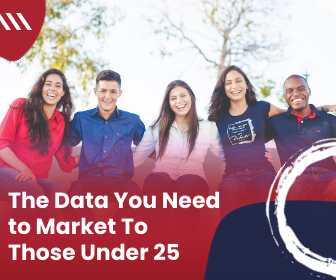
Do you ever read a statistic that just messes with your head? For example, I recently read that by 2022, 41% of the world’s population will be under 25. Which is crazy!! And creates an interesting marketing challenge. How can you effectively market to a generation who has grown up online and is constantly inundated with content and advertising?
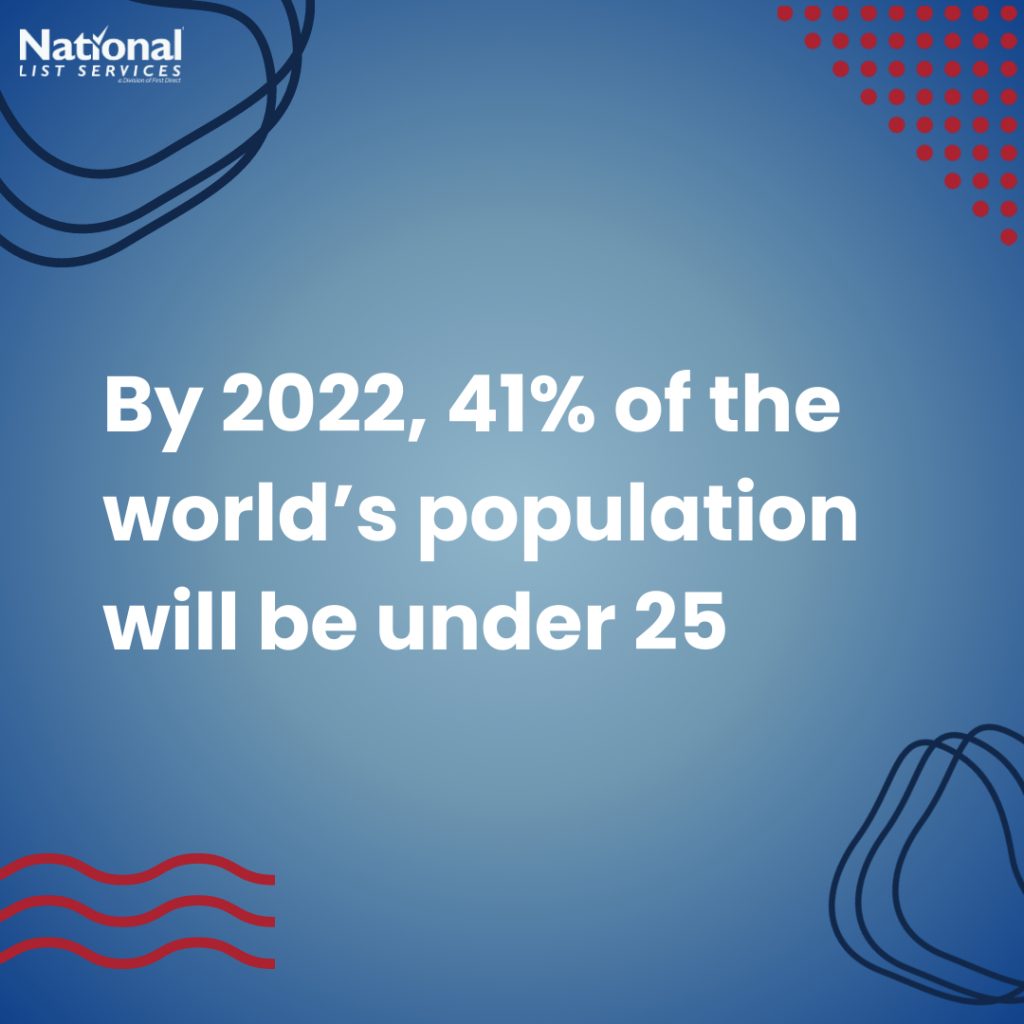
People under 25 not only take up a large share of the world’s population but they also make up a disproportionate amount of online and social media users. However, those of us in this age group statistically have shorter attention spans and tend to make decisive decisions about whether or not to consumer content or ads. A study in 2019 found that 64% of 18-24 tune out content from cluttered environments. Leading to 46% of advertisers saying that they have issues getting their content to stand out! Also, a third of advertisers say that it’s a challenge to find effective ad placement sin all the online clutter. What can you do to cut through all the online noise and reach this massive market?
#1 – Find Shared Passions
The sheer amount of product, companies, and information available is staggering. It is not enough anymore to have a good product available anymore, your brand ideals and personality need to match with the personality of your consumers. 56% of Gen Z consumers say that having shared passions and perspectives is a major factor when it comes to their engagement with a brand. However, Gen Z’ers are fantastic at sniffing out inauthenticity. Your brand personality and ideals need to actually be what you say they are. Actions speak louder than words!
What are the advantages of having a well-defined brand personality and ideals? Giving your company a personality makes things like content creation a lot easier. Knowing who you are also can help you make decisions about the direction you want to go in the future.
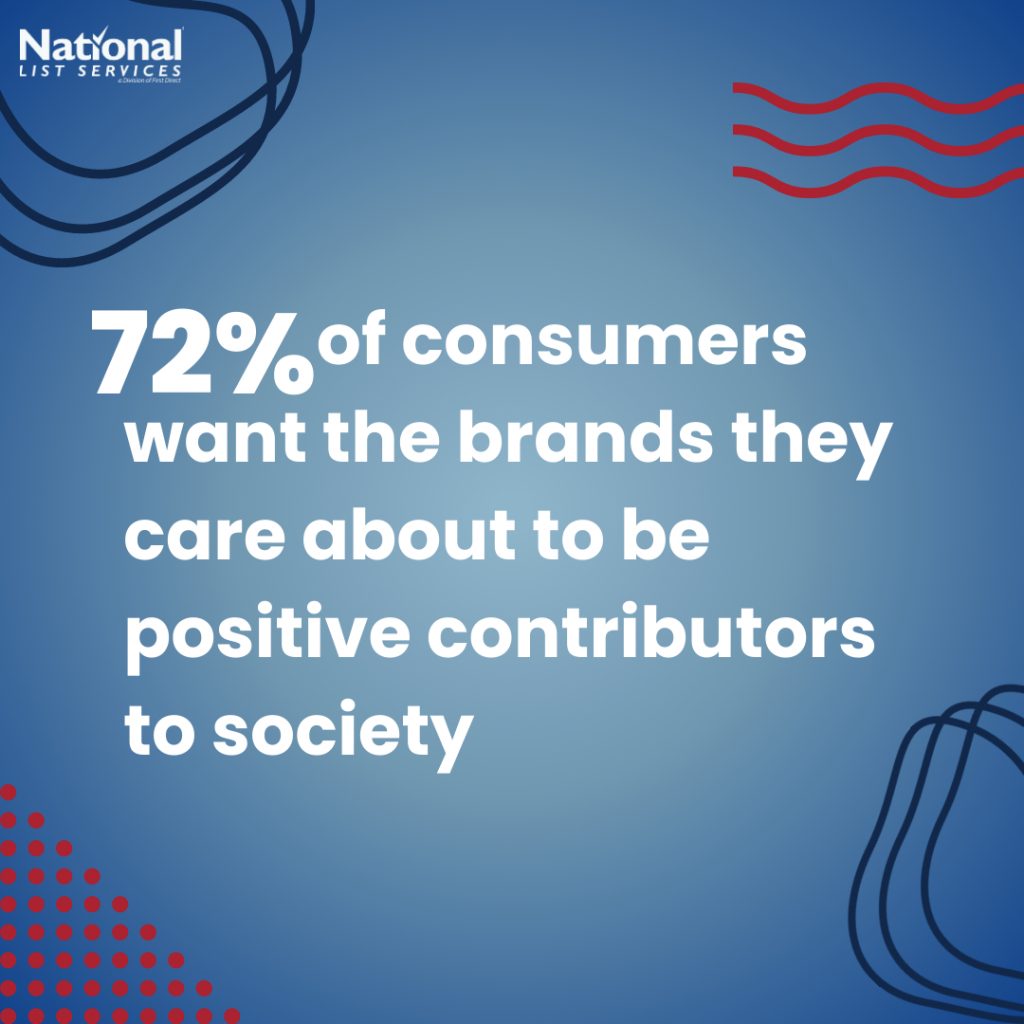
And 49% of young consumers say they will evangelize a brand they feel represents their values, likes, and personality.
Don’t be afraid of incorporating causes you care about into your brands personality! 72% of consumers want the brands they care about to be positive contributors to society. We’ve seen in recent years that many brands (especially smaller companies) connect their core brand to a charity or cause they care about. Younger consumers are 69% more likely to buy from a brand that contributes to a cause.
#2 – Choose Quality Locations
Younger generations are big on authenticity, brand trust, and quality. 74% of 18–24-year-olds believe that brands are responsible for where their ads are shown. Which is true! There’s very little excuse for having your ad show up on a website that doesn’t believe in the same things as you. Programmatic advertising and digital display ads give you a lot of control over your ad placement. Nearly 40% of advertisers have faced some backlash for having ads appear near low quality content. 54% of younger consumers say that ads placed near premium content inspires more trust in the ad itself!
#3 – Use Innovative Technology
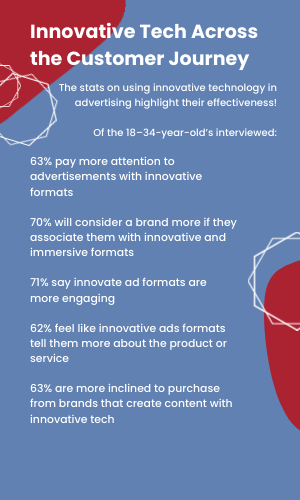
From AI and AR driven content to native and contextual ads, technologically advanced are advertisements are becoming more accessible. The stats on their effectiveness across the entire marketing journey speak for themselves!
Of the 18–34-year-old’s interviewed:
63% pay more attention to advertisements with innovative formats
70% will consider a brand more if they associate them with innovative and immersive formats
71% say innovate ad formats are more engaging
62% feel like innovative ads formats tell them more about the product or service
63% are more inclined to purchase from brands that create content with innovative tech
#4 – Personalization
Personalized ads are effective for every age group. Gen Z’ers and Millennials are less tolerant of ads that aren’t personalized. Most younger consumers have in innate understanding of how their personal data is used to create targeted ads. Being targeted (or retargeted) based on their interests and past activities are expected. Thankfully creating effective personalized ads are easier than ever to make.
- What can you do to create effective personalized ads? Start with the information you have about your customers. It’s difficult to know what your customers want if you don’t know who they are. Look at your 1st party data. What are your most common demographics? What are their interests? How would they most like to be communicated with?
- Use the tools available. Marketing automation platforms and CRMs can do a lot of the heavy lifting when it comes to segmenting data. Many of them are designed to help create simple, personalized messages.
- Have a well thought out plan. Do you have a mapped-out customer journey? Knowing where in their journey your customers are makes a big difference in the types of personalization that will work for them. Think about nurturing. Pay attention to the details. Make sure that there aren’t little annoying things such as, getting an abandoned cart email even though you’ve already come back to purchase it. Get rid of triggers that are connected to repurchasing products commonly only purchased once.
- Know when to walk away. Keep your data clean. If someone has never opened an email it might be a good idea to take them off your list. Their data could skew your demographics and could make understanding what personalization your active customers need difficult.
Is it effective?
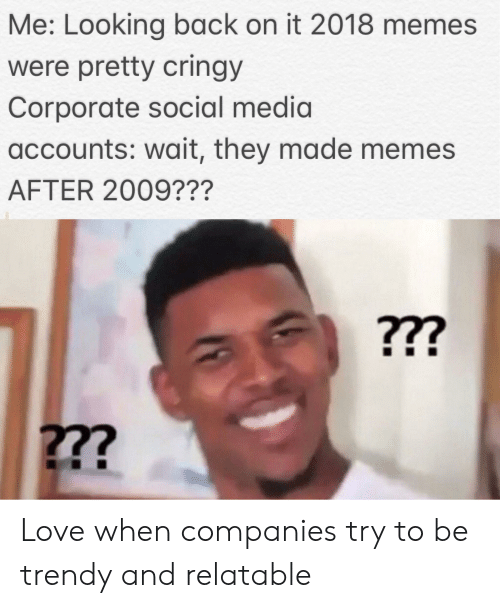
Is it effective? Yes! From that survey of consumer between the ages of 18-34, 58% said that a personalized ad helped them make a purchase decision. 42% also said that they had clicked on a sponsored ad in the last 6 months!
In my experience, a lot of companies panic when thinking about marketing to young consumers. They feel like they need to be relatable or “cool.” That often comes off as disingenuous and is easy to see right through. It’s far more effective to instead focus on building a relationship with them. Make it easier for them to see who you are and what you stand for. Chances are they care about the same things you do!
3 Types of Alternative Black Friday Campaigns
Calling Black Friday the biggest shopping event of the year is an understatement. In 2019, consumers spent $7.4 Billion online alone. This year more than ever, online spending is expected to grow. What are some ways to stand out online this holiday season?
Instead of the usual ‘one-day-only % off’ sale, campaigns focused on other things can be a great way to set you brand apart, gain awareness, and increase conversions. Here are three examples.
#1 – the Anti-Black Friday.
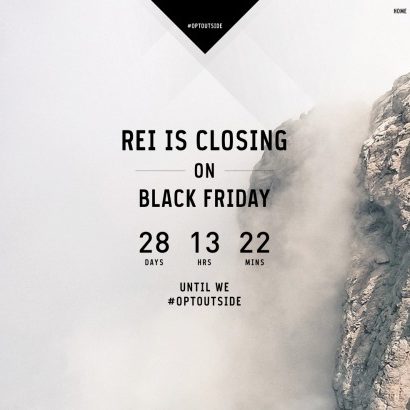
Taking a page from REI’s #OptOutside campaign, focusing on not buying anything on Black Friday can be very effective. Since 2015 REI closes on Black Friday and uses #OptOutside to encourage people to spend the day outside, which goes along perfectly with their brand mission and has helped grow their online community. Due to the longevity of the campaign and community it has created, the Opt Outside campaign helps increase REI sales year-round.
Another company using the Anti-Black Friday approach is the skincare company Deciem. In 2019, closed their stores and blacked out their website to protest the hyper consumerism focused Black Friday. Instead, their holiday campaign focused on “shopping slow.” For the entire month of November, every product was on sale. The longer, inclusive sale increased sales and helped reinforce their brand ideals with their customers.
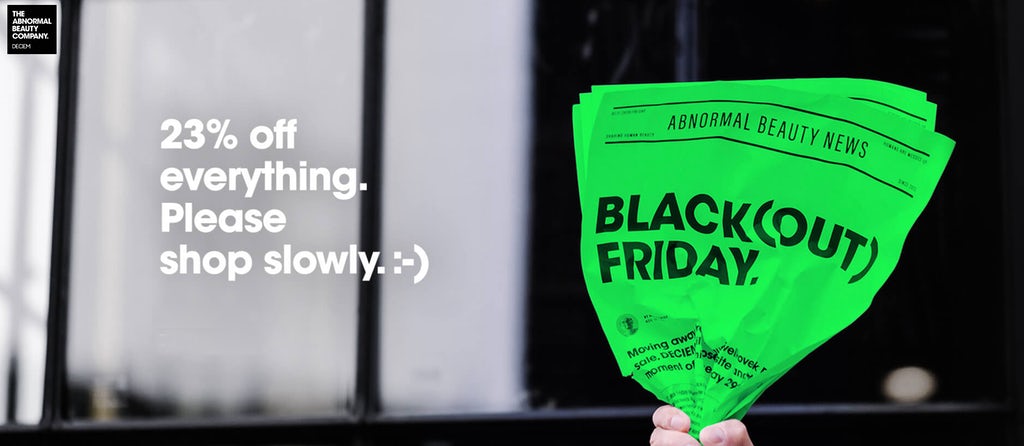
#2 Highlight Your Mission
Many companies use Black Friday as an opportunity to show their customers what their brand ideals are. Donating to charities is a popular way. For example, Patagonia is known for alternative Black Friday campaigns but one especially effective one was 2016. They pledged to donate all their Black Friday sales to grassroot organizations that aligned with their brand goals. The campaign ended up generating $10 million in sales, over 5xs their goal!

The fashion company Kotn did something similar. Instead of sales, they promoted that they were going to donate Black Friday weekend profits to a charity that builds schools in Egypt, where the cotton used in their products is grown.
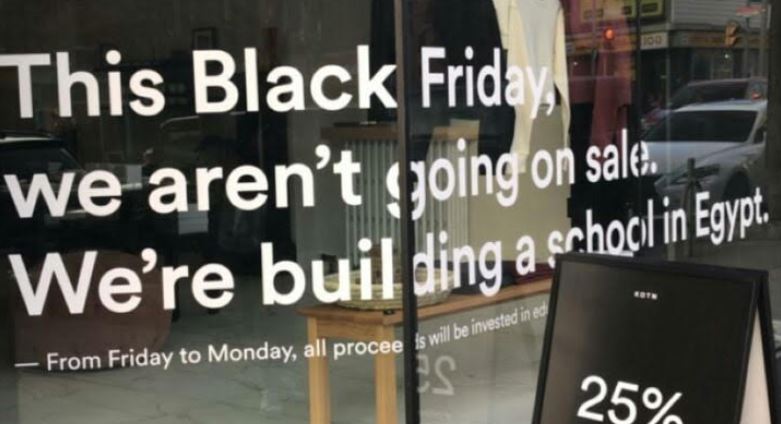
#3 Make it an event
A great example of this is MeUndies’ 2016 campaign. They promoted a Facebook live event for Black Friday. As more people joined, they unlocked more discounts and promotions. The event ended up with over 13,000 viewers and had a conversion rate of over 25%, which is 13x more than their average!
All of these brands used a day usually clogged with advertising to redirect their customer’s focus. They reminded people of their band mission and goals and helped strength their connection to their customers. What fun ways have you seen company handle Black Friday?
The Truth About Your Best Weapon
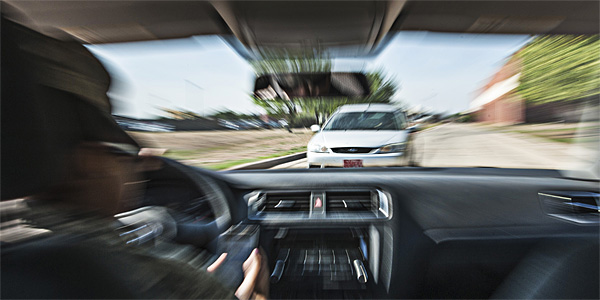 Every day, thousands of advertisers and marketers wrack their brains. How do you spread your message, sell your products and change people?
Every day, thousands of advertisers and marketers wrack their brains. How do you spread your message, sell your products and change people?
Simple. Give something away for free.
Could this be the most powerful business idea of the century? Look at Google. Giving out free things made them obscenely rich.
A free search engine, YouTube and then Chrome, the free browser everybody uses. Plus free maps, free email… on and on.
Doesn’t free make your stuff less valuable? Nope. People don’t value things because they paid. They value what others value.
Doesn’t free attract the wrong people? Sure. But it attracts everybody. And if everyone likes it, it’s valuable.
And when people are hooked on it and they need it? Now you can charge real money for it. Or create a bunch of services around it and charge for them.
Sweet.
And since free works so well… you’re bombarded by it every minute. Chances are, you won’t even finish (or get the value) of this article. All because you’re distracted by something “free.”
The Cost of “Free”
Are you an entrepreneur, marketer or creative person? You’re especially at risk for this shiny object syndrome. Creative people crave new ideas, new projects, new things.
The new thing is exciting. So you invest time and money in it. And then… something else comes along. Another new idea. Of course, with “free” training.
It’s like somebody brought free donuts in the office. Mmm… tempting. Colorful sprinkles… creamy filling… you can taste the glaze just by looking at it.
And free? Don’t you pretty much need to eat one? It’s ungrateful to say no. Stupid to pass up such an opportunity. Right? Right?
Wrong. Dead wrong. Sugarcoated lies. Poison.
More than anything, new “free” stuff keeps CEOs, CMOs and smart people like you from completing projects. Jumping ship and switching strategies? This destroys consistency and momentum. And keeps you from ever seeing your potential.
A constant stream of new and free keeps you away from the best long-term game plan… Wrong or incomplete action is far worse than no action.
How many great ideas have you “tried” (but really just threw away) because of new and free?
And oh, does new and free ever make you burn through the cash!
So many hundreds of techno tools with free trials. All so impressive, effective and fun to use.
That is, until your accountant (or empty bank account) says you’ve subscribed to too many services. And jumped between too many platforms.
Do you work with employees or business partners? Oh… this is even more terrible.
Your people won’t keep up. The new/free stuff changed direction in your business yet again. And when the previous projects, tools and goals are suddenly irrelevant?
Harvard Business Review’s grim answer: your people won’t be loyal anymore. Nor productive.
A decade ago, information overload (distraction) costs the US economy $900 billion per year. Do you think it’s any better now?
Most people spend 20 hours a week managing distractions from emails alone. And even if you could recover the money, the time is gone forever.
If someone offered you 3 days of free training, what would this really cost you?
Free training is noise. It almost never gives you all you need to master the new skill you want.
Get rid of the messes and noise in your life.
Everyone’s fighting for your attention. And too many people are stealing it. Distraction is the greatest thief of time – and you can never get it back!
Sure, sometimes you need new innovation, new ideas. They can spark life into your business. But too many sparks cause out-of-control infernos.
Make sure new ideas give you strength, not destruction.
The Great Rewards of Minimalism
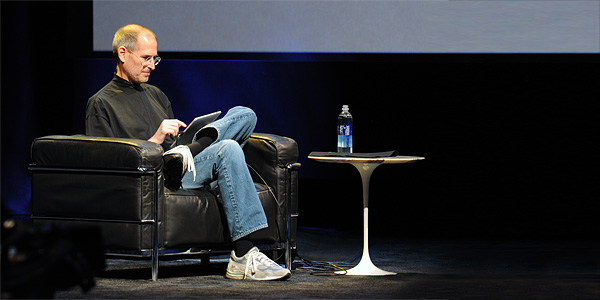 Why did Steve Jobs always wear a black turtle neck, blue jeans and his New Balance sneakers every day? As the co-founder and CEO of the most valuable company in the world…
Why did Steve Jobs always wear a black turtle neck, blue jeans and his New Balance sneakers every day? As the co-founder and CEO of the most valuable company in the world…
What did Steve know about decisions and distractions that most people don’t?
Every decision, every distraction sucks up mental energy. Even a small one, like what you’re going to wear. Instead, he wanted 100% focus on making Apple legendary.
“It’s what Apple said ‘No’ to that ultimately made them successful.” – Steve Jobs
Special forces on a military mission realize this. They maintain strict isolation. No contact with other teams, no TV, news nor internet. Why?
To protect their focus and deliver perfection on their goals.
How can you do this?
If you want results like you’ve never gotten before, get crystal clear on what you want. Then clean out all the distractions. Strengthen your focus.
Make your work environment and schedule as predictable as possible. The fewer decisions you make, the more effective they’ll be.
Once you develop this attitude, your life suddenly gets simpler. And it’s simply the fastest way to reach your goals.
Don’t Just Pay For Training, Learn Like A Master
People go crazy, even with paid training… books, conferences, seminars, multiple coaches, videos and programs.
And yet they’re completely overwhelmed. Stuff just sits on their hard drive or bookshelf. Useless. They don’t apply any of it.
Yes, you need a wealth of knowledge to build real wealth… but implementation is the key. How fast can you put the knowledge to work?
There are two kinds of learners: amateurs and masters. Both want just as badly to transform their life and business.
The amateur wants to get as much information as possible. As fast as they can. And the motivation feels good and helpful for a bit.
But as time goes by, there’s no real change.
The master learner knows exactly what their goals are. And yes, their goals might mean learning lots of skills down the road.
But what are the one or two skills to focus on right now?
And the master learner picks the right mentor or coach: somebody who stretches them just enough to change…
But not so much that the learner wants to give up: the master makes sure the training is broken down into manageable chunks. Reachable deadlines. Simple actions.
And the master doesn’t move on to anything else until they… you guessed it… mastered the skill they’re learning.
Which Kind of Learner Are You?
What does your finances, your business reveal?
Now that you know the honest truth about new ideas and free training, what will you do?
Yes, giving away free stuff can be your greatest marketing weapon. But eating up time consuming free stuff is easily the biggest business problem today.
Make it your aim to be the kool-aid producer, not just a kool-aid consumer.
And when it comes to kool-aid, only drink the flavor that makes you more alive. The kind that rockets you toward your goals.
